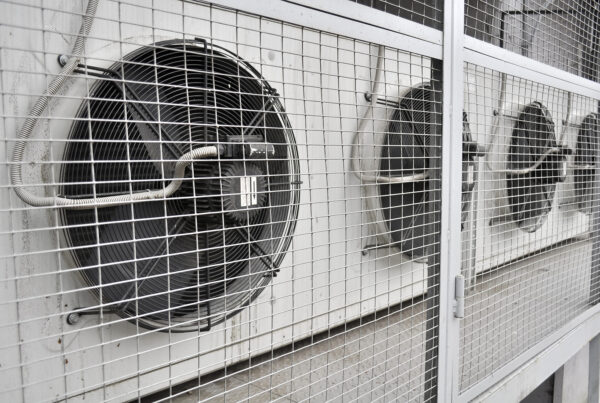Reflections Are Good
Reflections from our room’s walls, floors, and ceiling all contribute to an ultimate end. Their final destination is to aid us when properly managed within the room to achieve a sense of spaciousness in our sonic presentations. Audiophiles would use the term “air”. Whatever it is called it can be raised or lowered in its presentation value to achieve a balance of some type between direct and reflected energy from our loudspeakers.
Olive And Toole
There is much in the literature about the level of reflections and the delay of said reflections. Olive and Toole did work in this area. Reflection levels when compared with decay rates of same produce this region of time measured in milliseconds that produces a home for spaciousness or “air” with our two channel systems.
Optimum Range Determined
When one compares the direct sound energy to reflected, Olive and Toole found that reflected energy delays that were in the 0 – 20ms. range were most suitable for hi-fi listening because in this range the ” reflection audibility threshold varies little with delay.” Since the human ear can detect 1 ms. time differences in reflected energy signals, we have a 19 ms. range to work within for our room tuning efforts.
Science And Art
This is why room tuning is both art and science. Olive and Toole gave us the science but individuals vary between these time domains. We have all seen this. We go listen to someone’s system to listen and immediately notice this or that about the sound. We compare it to what we like and look for the variables that we want to manage. I have noticed some individuals like delays in the 10 ms. range and some in the 15 – 20 ms. range. Most prefer the 15 – 20 ms. range.
Air Where?
Within this range is found our “air” or spaciousness. Air can be defined as the space or distance between each of our instruments and vocals that occupy our sound stage. Between our speakers is a three dimensional sound field that has a height, width, and if the room is correctly treated, a depth that can actually come close to imitating a live event. I say come close but not completely. There is no sonic substitute for a properly balanced live presentation in a room acoustically treated for music. This level of spaciousness is directly proportional to the time relationship between the direct sound and all reflections that impact upon it.
Image Size And Positioning
Referring back to our sound stage example, we now have two other variables to consider. These two variables are image size and image position. Our three dimensional sound field presented between our loud speakers and hopefully extending well right of the right channel and well left of the left channel in the horizontal dimension. We also have our sound field also extending beyond the ceiling and deeper and longer than the room length. Within this satge we will “see” images.
Instrument And Vocal Images
One will be able to point to the drummer and his image position on our sound stage. We can also do this with guitar and other instruments. Vocal image is usually center stage. With different levels or reflection levels from side walls as compared to direct sound beyond that exceed our time range, we can get these images to shift from their recorded position in the mix to right center or even left center stage.
Obviously, image shifting is undesirable.





